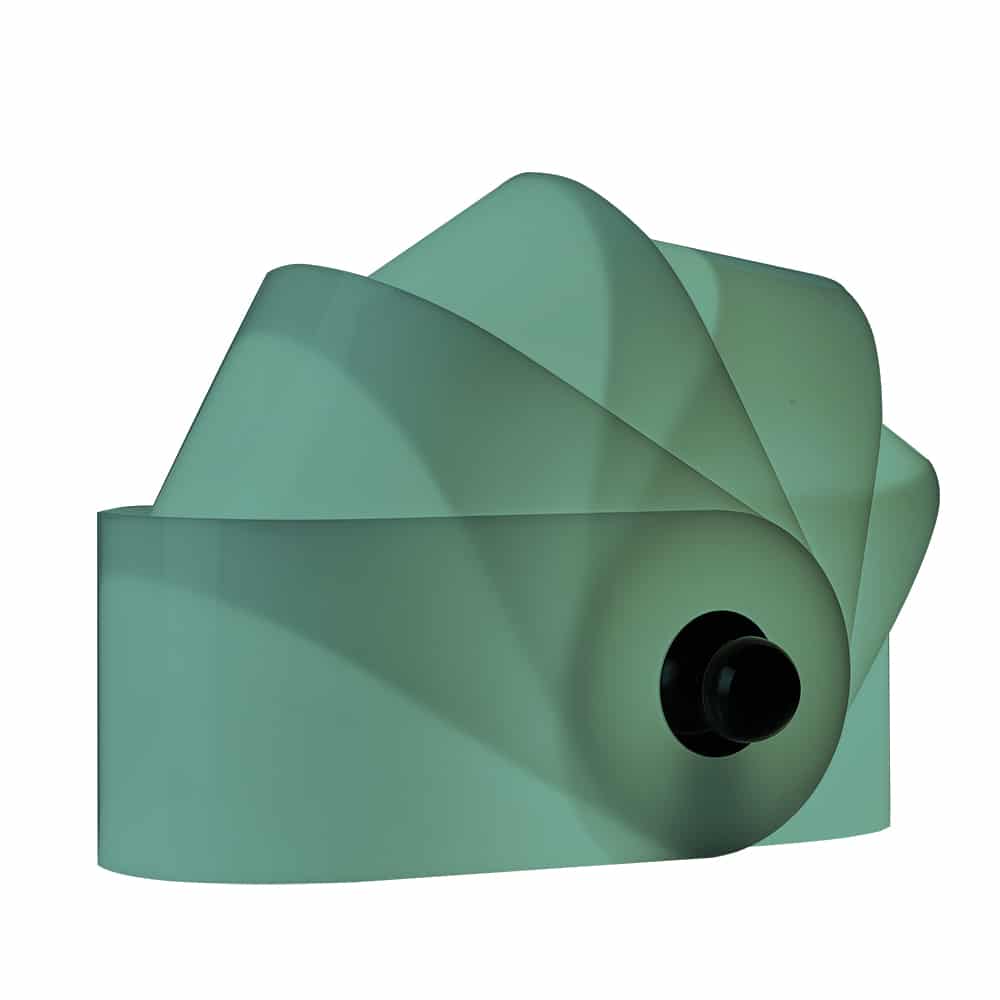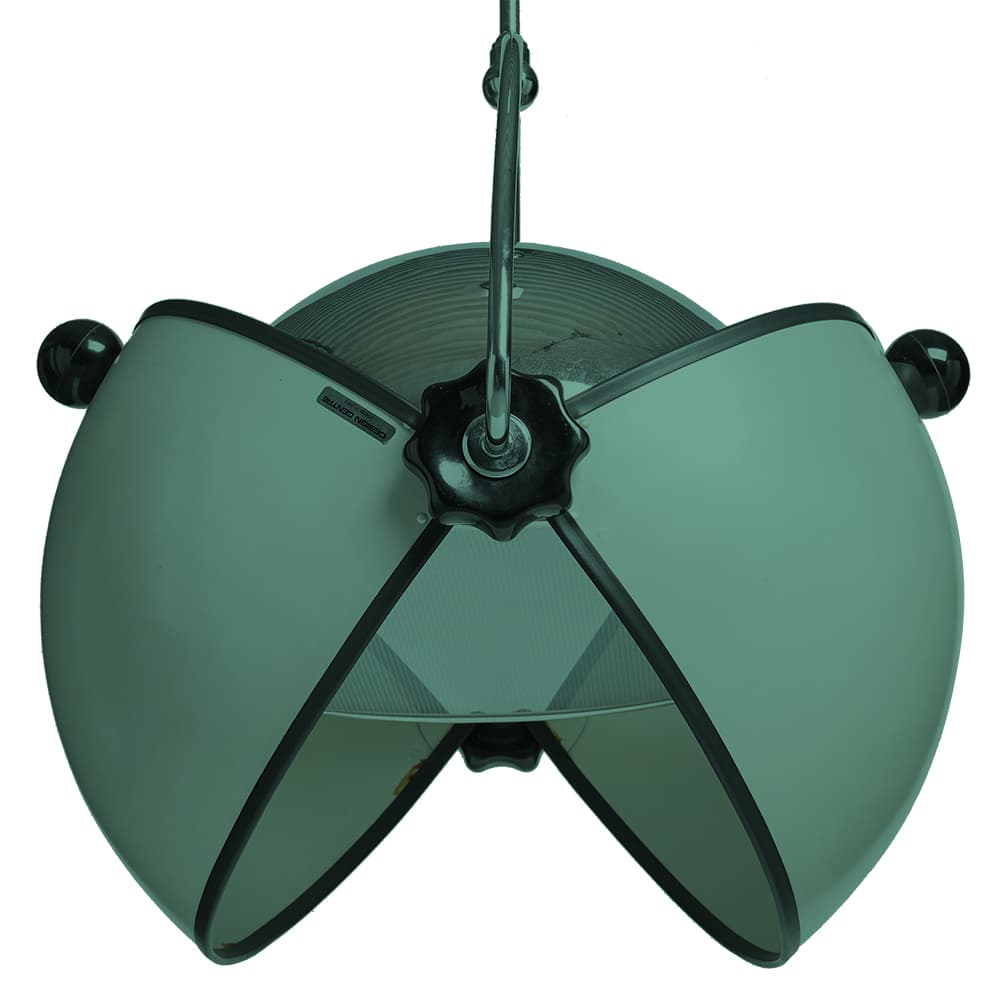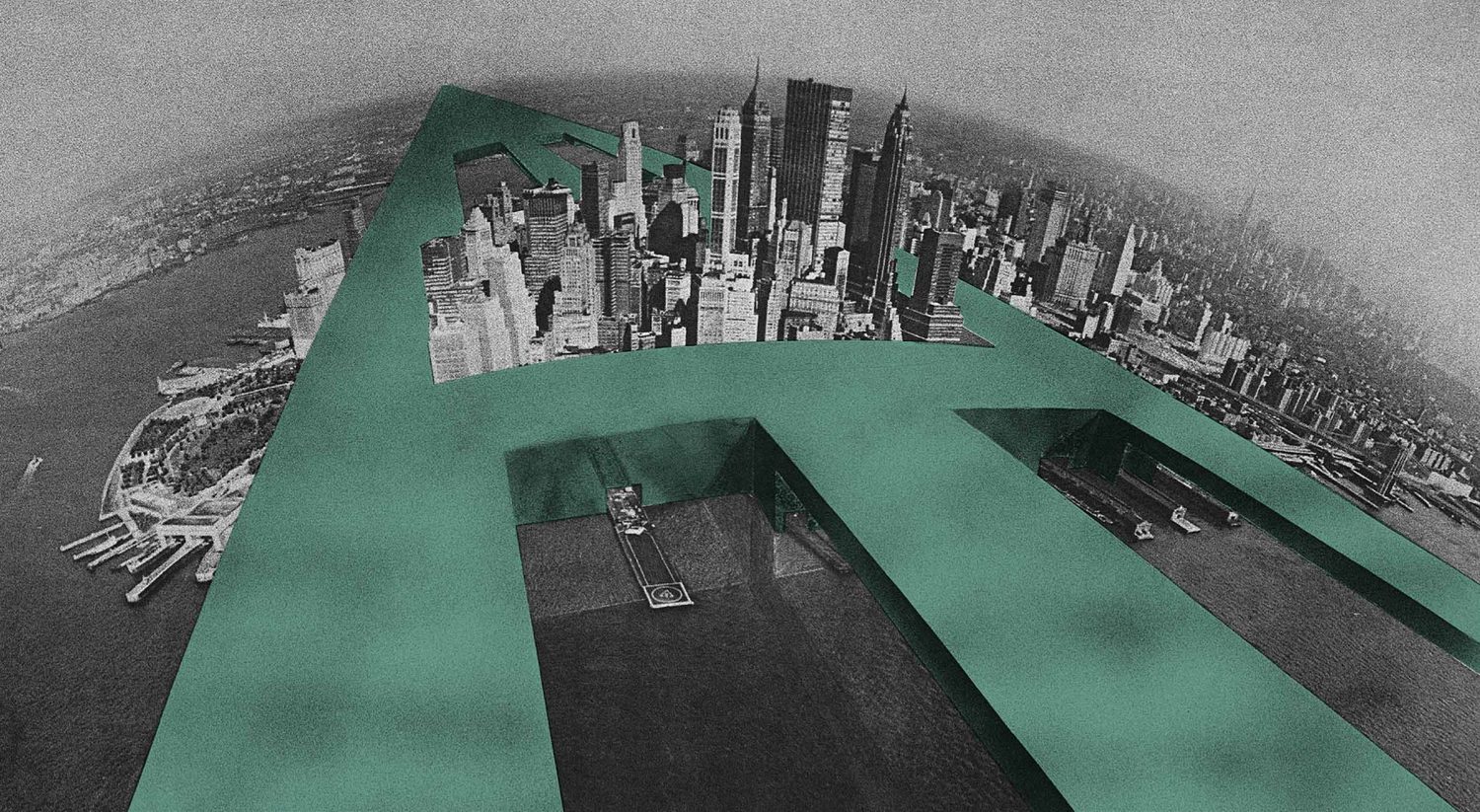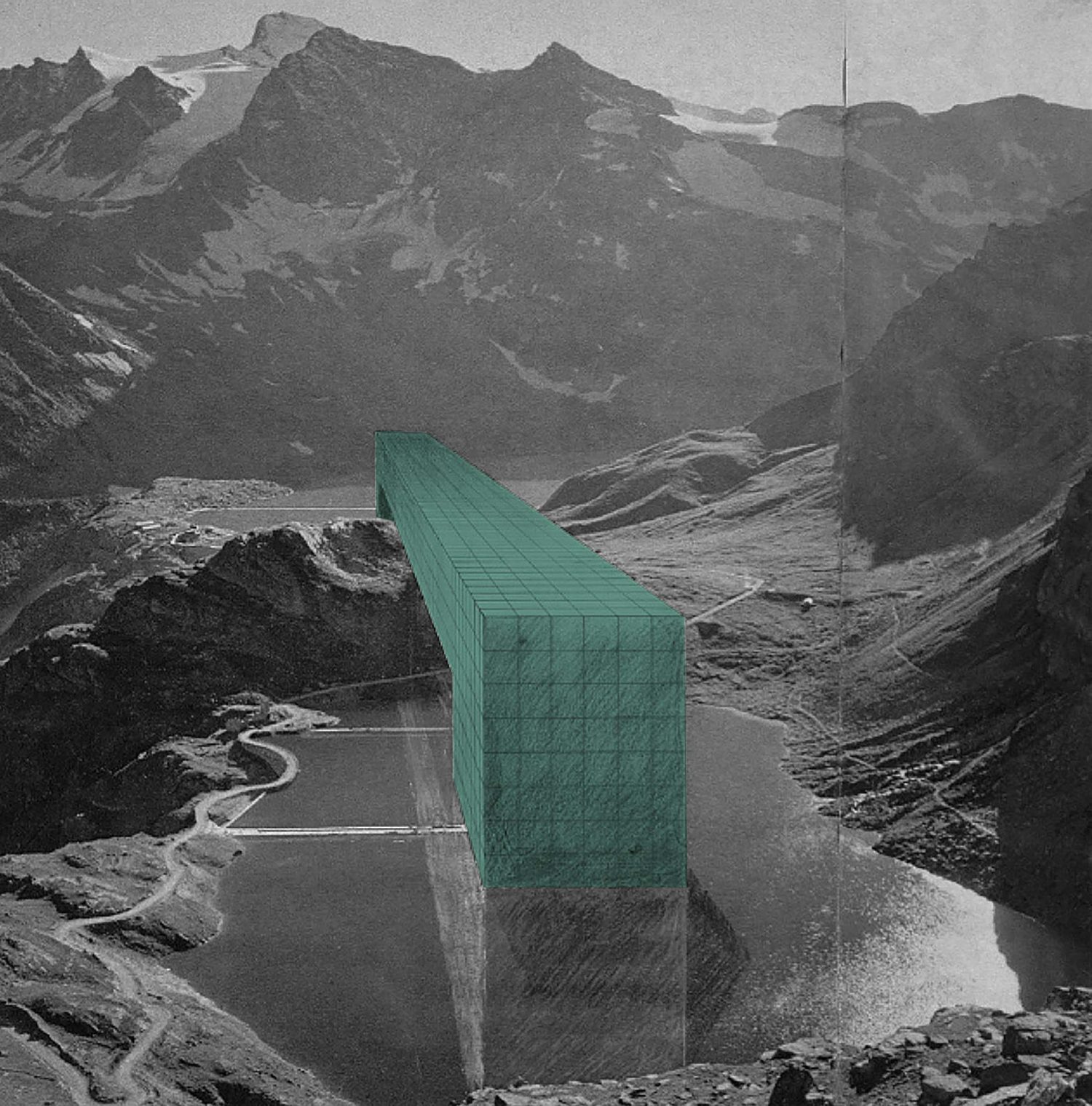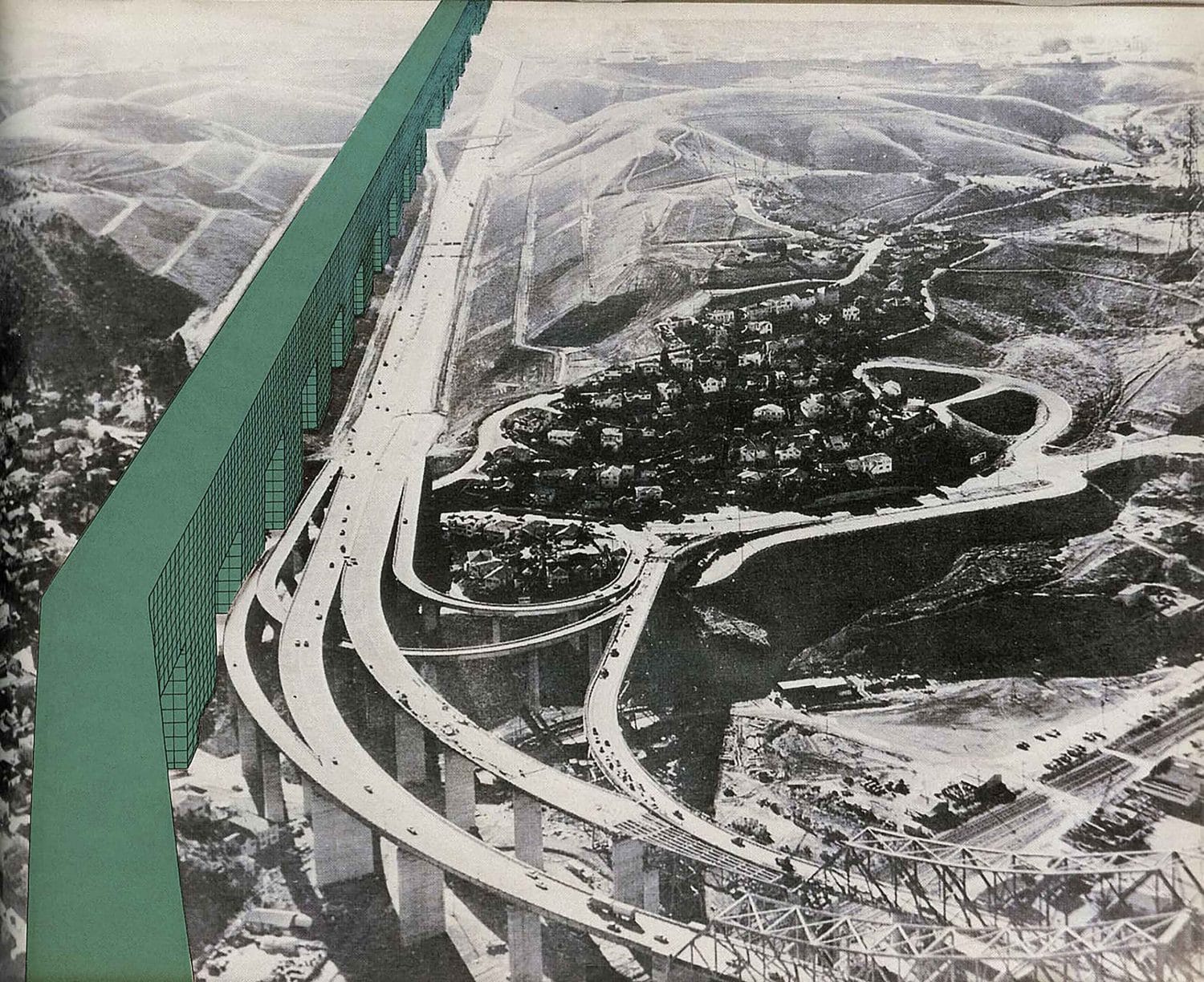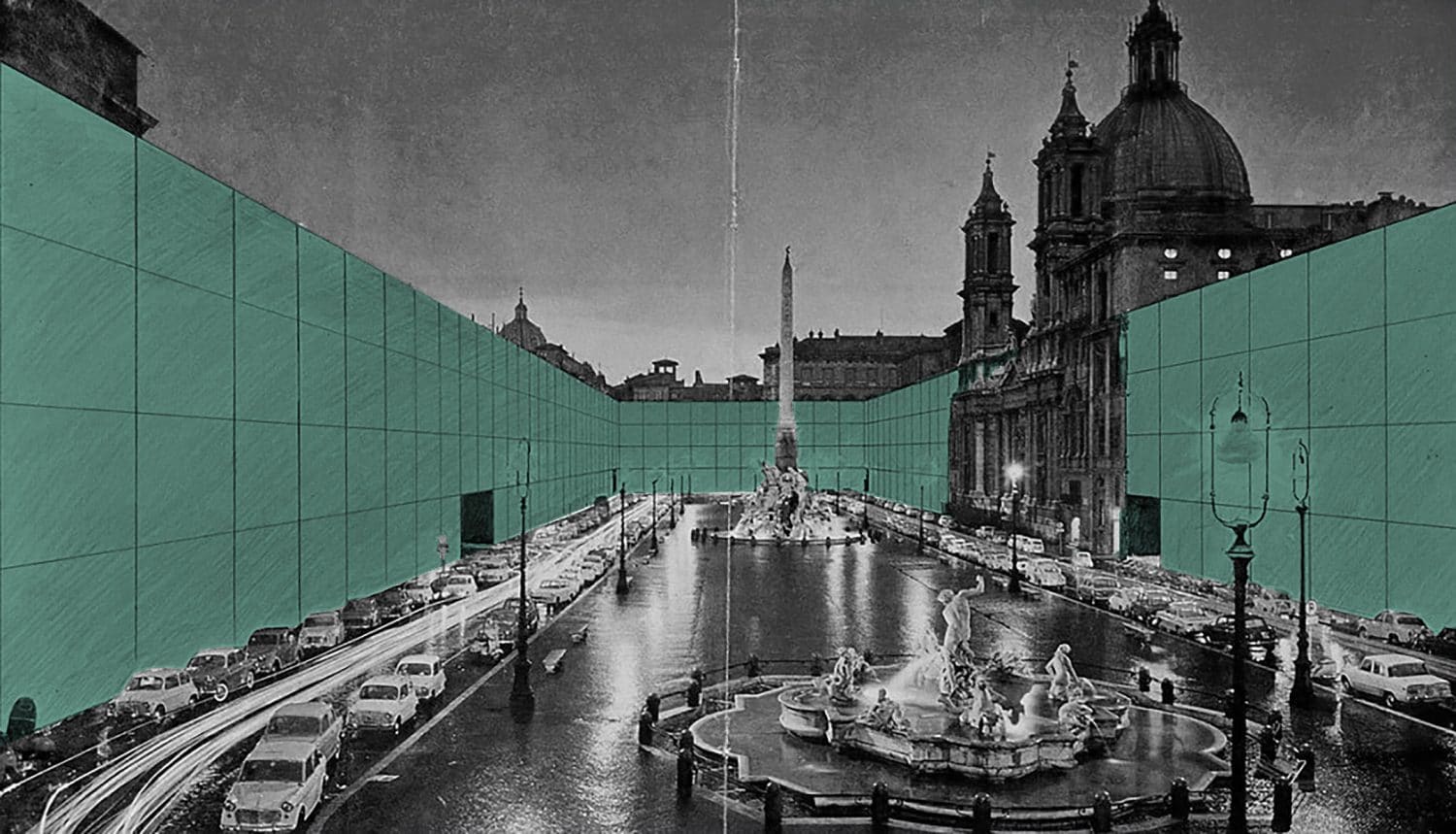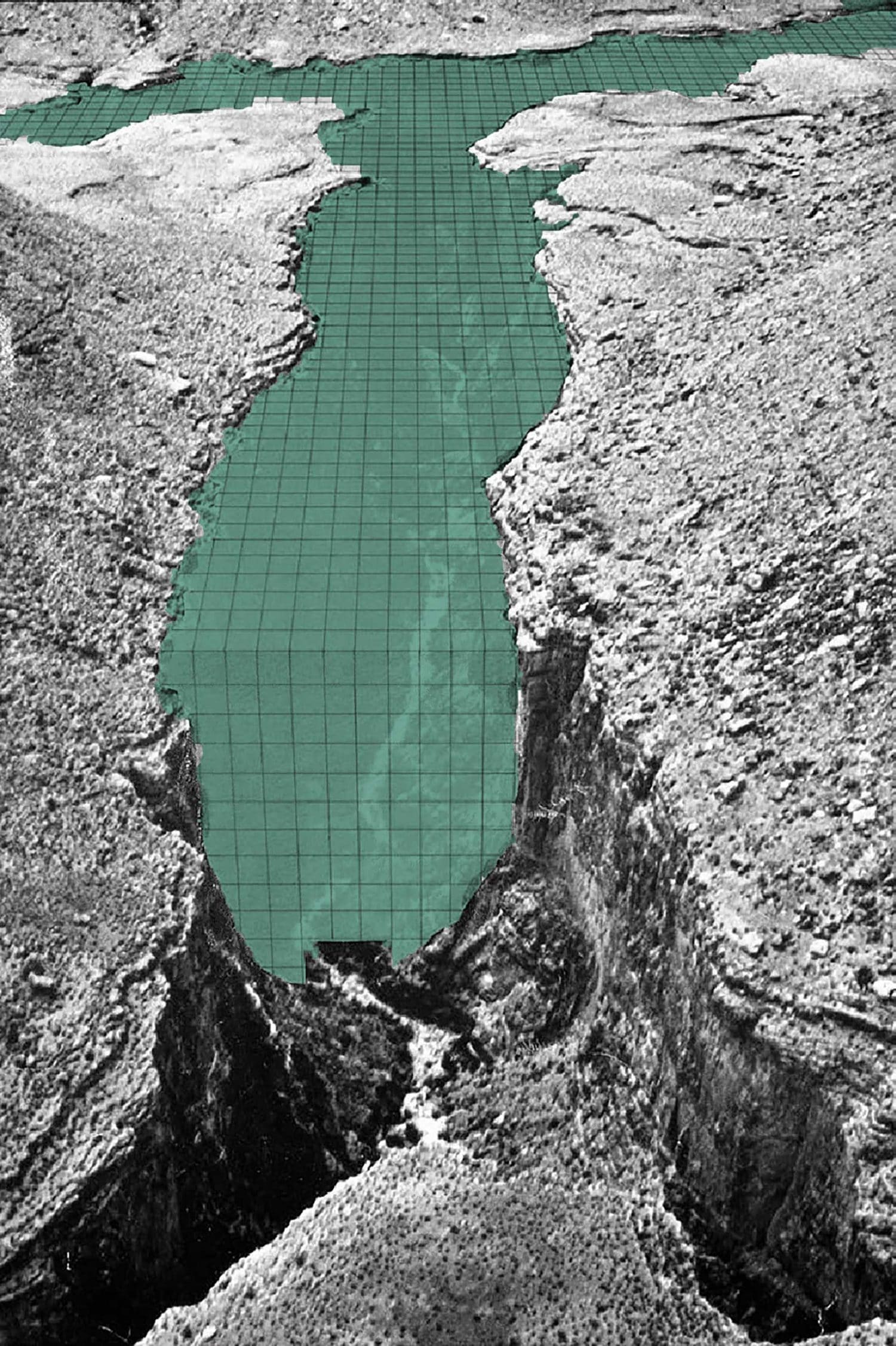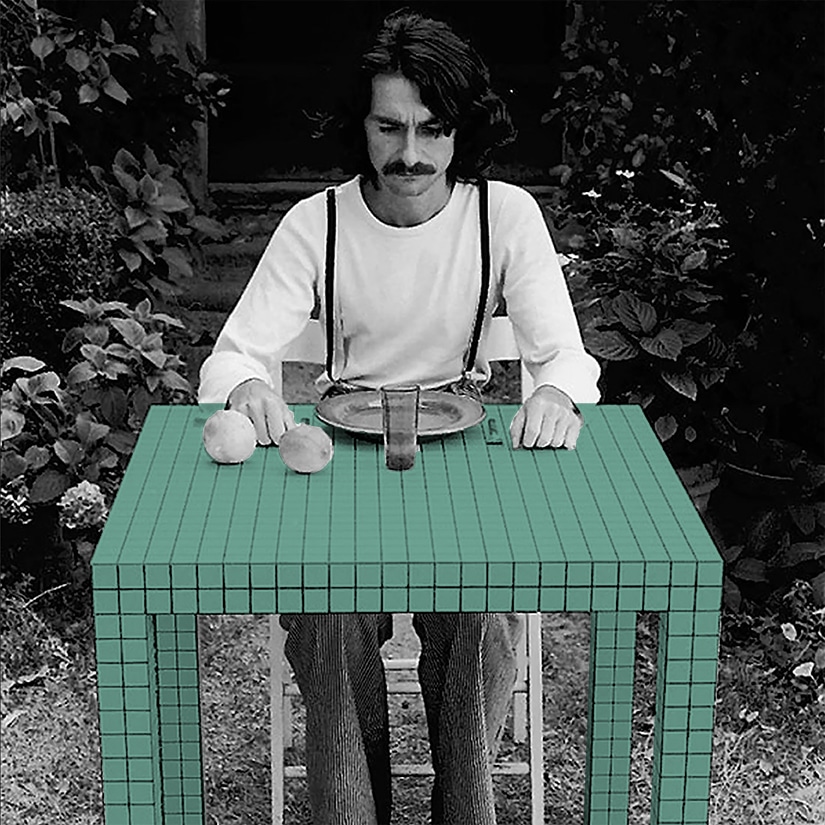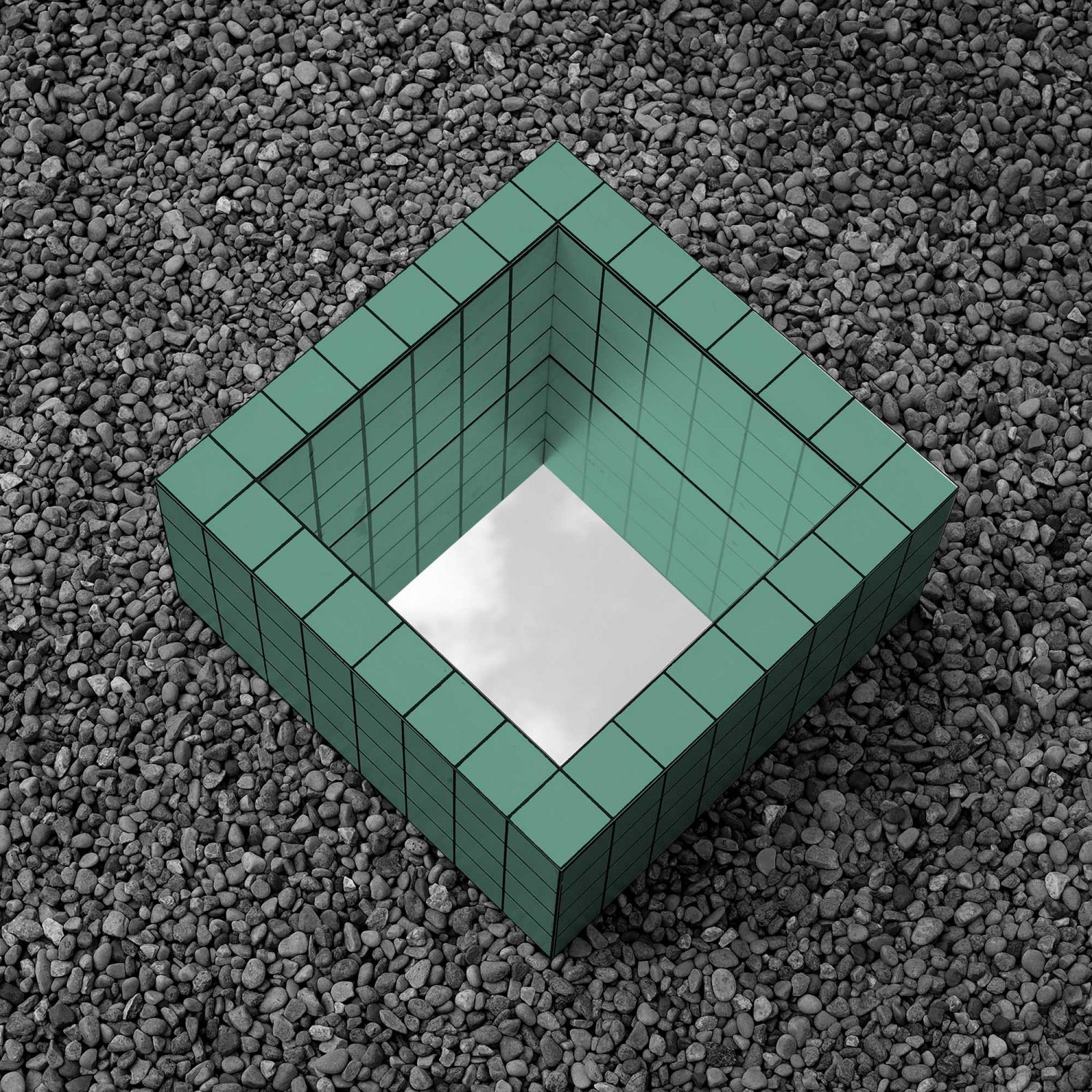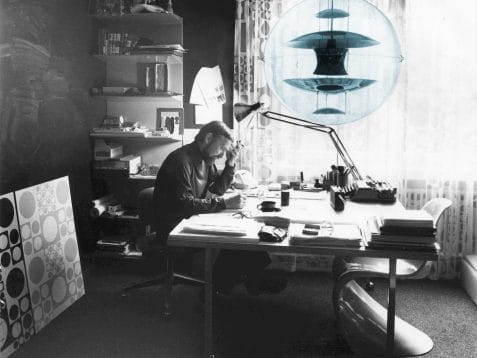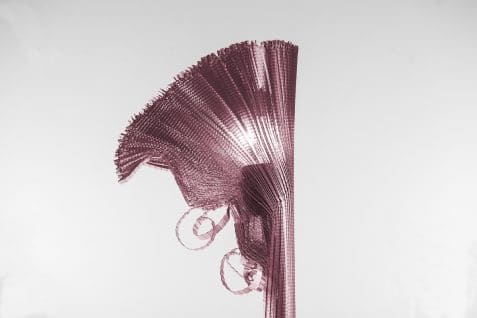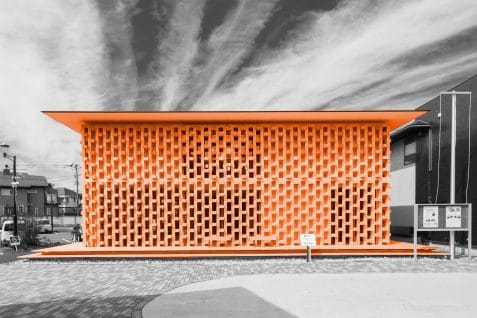INTERIOR
Infinite Geometry #Superstudio
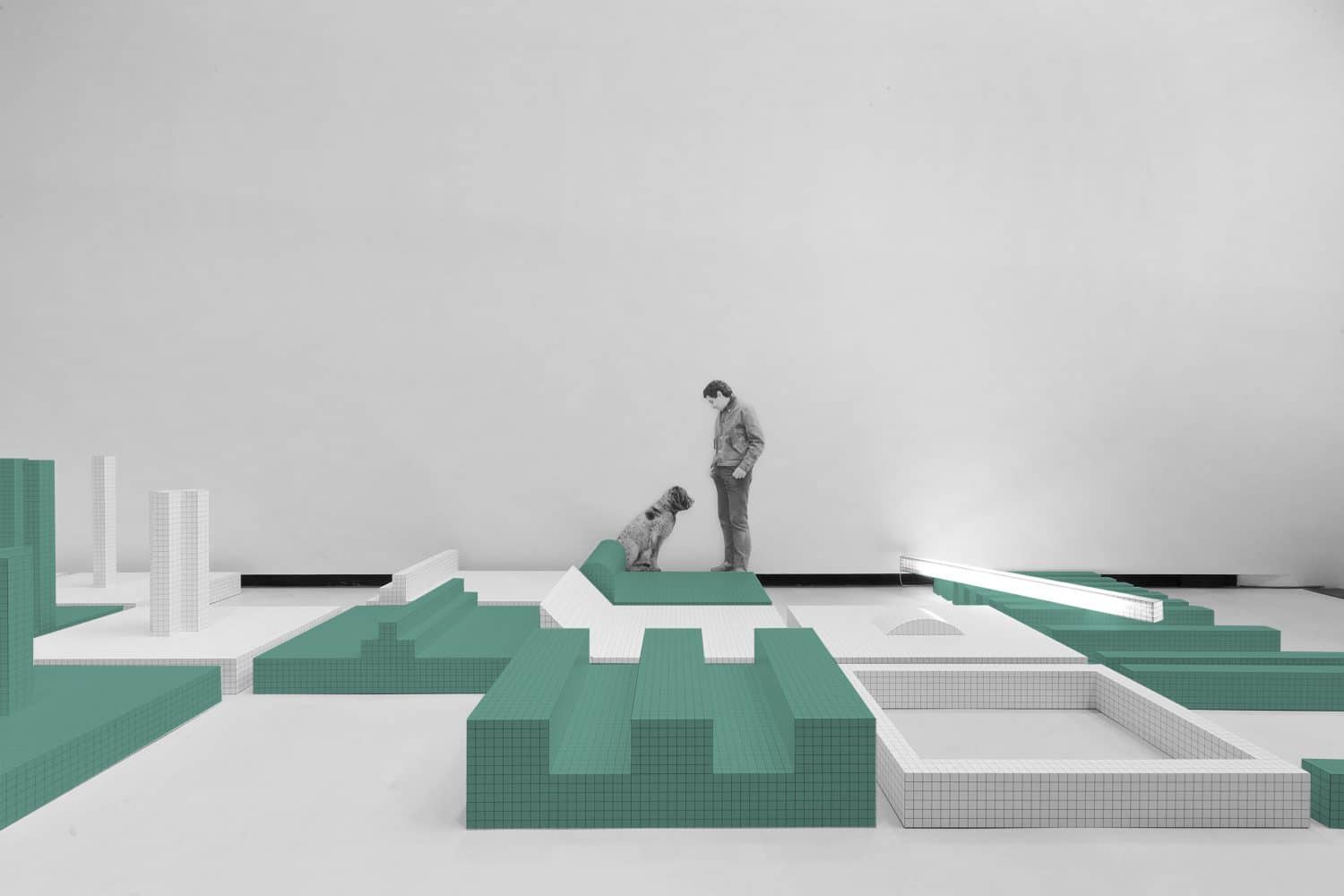
Superstudio was founded in 1966 in Florence by Adolfo Natalini, Cristiano Toraldo di Francia, Roberto and Alessandro Magris, and Piero Frassinelli. Ascribed to the so-called radical design, their work is opposed to the design schools established in the postwar period, such as Good Design or the Ulm School. Some of his early designs already played with ideas of repetition and versatility, such as the Gherpe table lamp, the Olook pendant lamp or the Polaris series.
His best known work is the Continuous Monument, a proposal developed from 1969 onwards through photomontages, comic strips, manifestoes and installations that were published in magazines such as Casabella or Domus and displayed in exhibitions such as Trigon 69 in Graz or the XV Milan Triennial.
The Continuous Monument was defined as an “architectural model for total urbanization” and consisted of a large self-referential construction of an enormous scale, without any defined function or materiality, covered by an expressionless and homogeneous grid that extended to infinity imposing itself with its scale and geometry to all kinds of contexts, from cities like New York or Rome to natural settings like the Arizona desert.
(…)architecture is one of the few means of making cosmic order visible on earth, to put order between things and above all to affirm the human capacity to act according to reason (…)Superstudio, “Superstudio: discorsi per imagini”, Domus, december 1969.
His proposal Istogrammi d’architettura changed the scale of this immense grid to the scale of furniture. It was based on the rejection of any previous convention or model and a radical reductive process, which generated a catalogue of three-dimensional diagrams destined to be combined for designing objects, furniture and architecture. It was the base of further proposals, such as the Misura furniture series formed by reticulated pieces that allow the assembly of different types of furniture, the Misura series of lamps, alabaster pieces with pure geometric forms marked by the same homogeneous grid and the Quaderna furniture series, produced by Zanotta from 1971.
